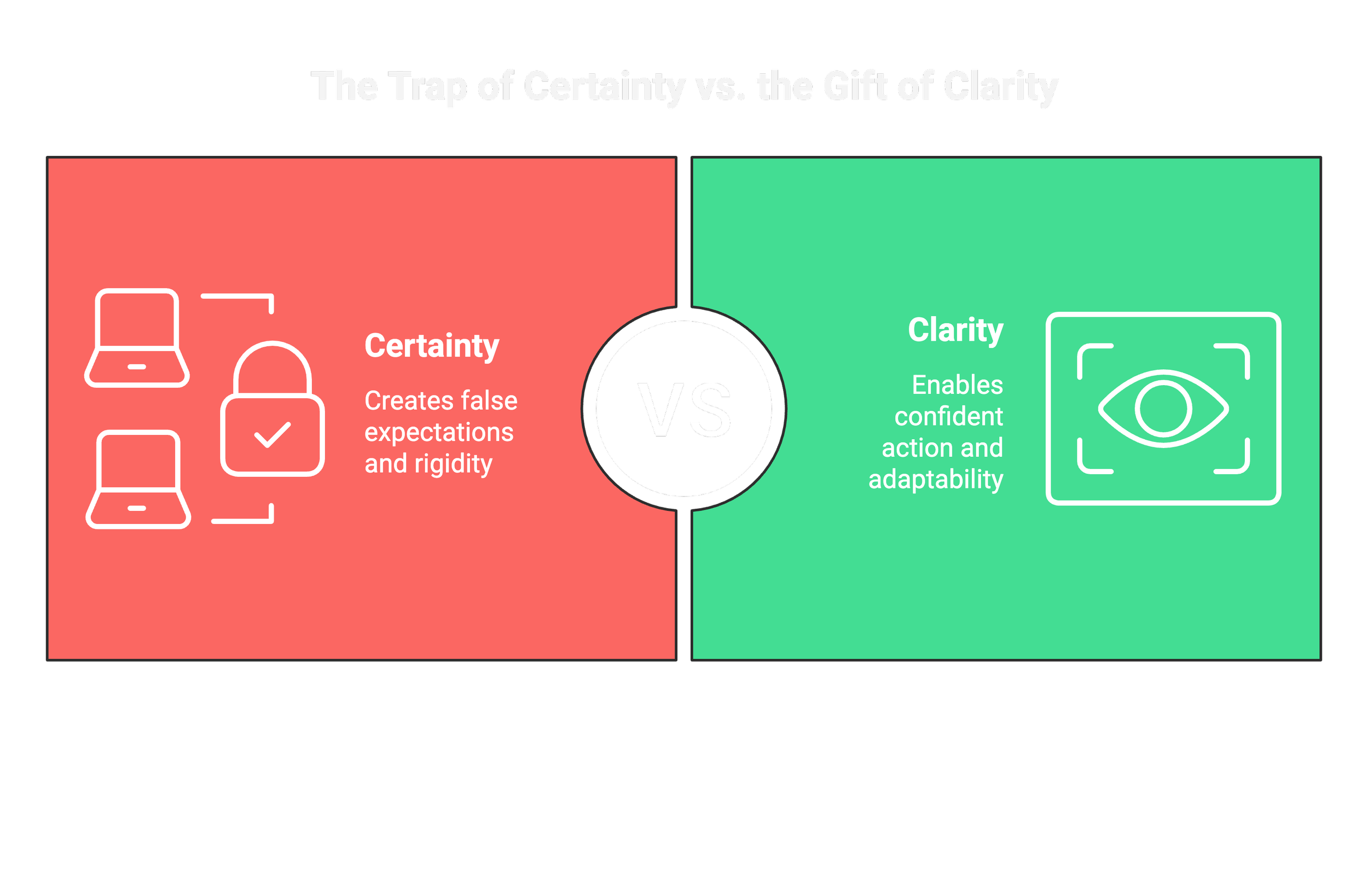Resilience in the Face of Change: How Healthy Leaders Stay Grounded
Change doesn’t always knock politely. More often than not, it crashes through like the Kool-Aid man—loud, sudden, and unavoidable. If you’ve led for more than a week, you know that change is one of the only constants you can count on. The question isn’t if change will happen but how you’ll respond when it does. That response is what we call resilience.
Resilience isn’t simply gritting your teeth or pretending to have it all together. Real resilience is the ability to maintain what matters most—your values, your integrity, and your relationships—in the middle of shifting circumstances. For leaders, resilience is less about control and more about clarity, consistency, and communication.
What Resilience Really Looks Like
Resilience isn’t about bouncing back quickly or never feeling the sting of disruption. It’s about anchoring yourself to what matters most while everything else moves. It might mean:
Showing up for your team even when you’d rather withdraw.
Holding firm to boundaries when the calendar gets crowded.
Honoring your commitments to the people you lead and love.
For me, resilience is rooted in small rituals that mark transitions. At the end of every summer, I take a final fishing trip in the Rockies. I thank God for the season behind me, catch a few trout, and then drive back down knowing it’s time to turn the page into fall. That ritual doesn’t remove the sadness of transition—it reminds me I can carry gratitude forward while stepping into new rhythms.
The Trap of Certainty vs. the Gift of Clarity
Leaders often crave certainty, especially in times of upheaval. The problem? Certainty is an illusion. You will never have a guaranteed roadmap for the next two years, no matter how many strategies you draft.
What you can fight for is clarity.
Clarity gives you enough light to take the next right step, even if you can’t see ten steps ahead. Certainty locks you into false expectations; clarity frees you to act with confidence in the midst of uncertainty.
The resilient leader doesn’t say, “I know exactly what’s coming.” They say, “I know my next step, and I’ll reevaluate along the way.”
Communication Is Everything
Here’s where many leaders stumble: when change ramps up, they communicate less. They retreat, withhold information, and let silence fill the room. But silence is dangerous because people naturally fill the gaps with fear.
Your team will imagine the worst unless you provide clarity. That’s why in seasons of high change, your communication must also rise. As a leader:
Provide context (where we’ve been, why this is happening).
Offer clarity (what we know, what we don’t, what’s next).
Lead with compassion (acknowledge the human side of disruption).
The higher the rate of change, the higher your clarity of communication must be. Even if all you can say is, “We don’t know everything yet, but here’s what we do know,” you’ve given people something solid to hold on to.
Proactive Rhythms Build Responsive Calm
Resilience isn’t built in the crisis; it’s built before the crisis. That’s why proactive rhythms matter so much. For me, it’s protecting sleep, exercising regularly, writing out daily priorities, and keeping a weekly sabbath. These practices ground me so that when change hits, I can respond instead of react.
Responsive habits also matter. I space out meetings, take short breaks to reset, and start every Monday aligning with my team. These small adjustments prevent me from spiraling when the unexpected happens.
Curiosity as a Discipline
Humans love change when we control it. We hate it when we don’t. If I move my flight forward and get home earlier, I celebrate. If the airline does it without my say, I fume. The difference isn’t the change—it’s the control.
That’s why curiosity is such a powerful tool for resilience. Instead of resisting, ask:
Why am I pushing back against this change?
Who can help me learn faster?
What two or three areas might actually improve if I lean in?
A healthy, high-impact leader practices disciplined curiosity. Instead of demanding control, they ask better questions.
Reevaluate Regularly
Because change is constant, your results, expectations, and strategies must also evolve. Resilient leaders reevaluate regularly—daily, weekly, and quarterly.
Think of it like a baseball card. You don’t trade for a player based on pure hope. You look at the stats you have today. Those stats will update tomorrow, but they still guide your decision now. Leadership is no different: act on today’s clarity, then adjust when new information arrives.
Questions for Your Leadership
If you want to grow your resilience, ask yourself:
How do I typically respond when change hits?
What rhythms help me stay grounded in uncertainty?
Where do I need clarity—not certainty—right now?
Who can I lean on to help me learn faster?
What do I need to communicate today, and to whom?
Your Next Right Step
Resilience is less about heroic strength and more about consistent choices. Protect a rhythm that grounds you. Communicate one thing with greater clarity. Write down the next right step in front of you and take it.
Change is coming—it always is. The leaders who remain healthy and high impact are not the ones who avoid it but the ones who step into it with resilience, clarity, and courage.


